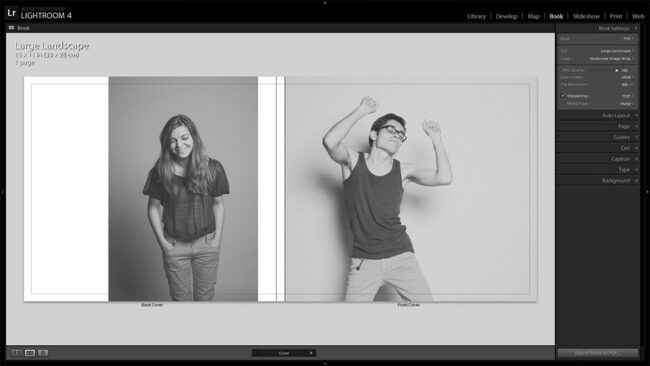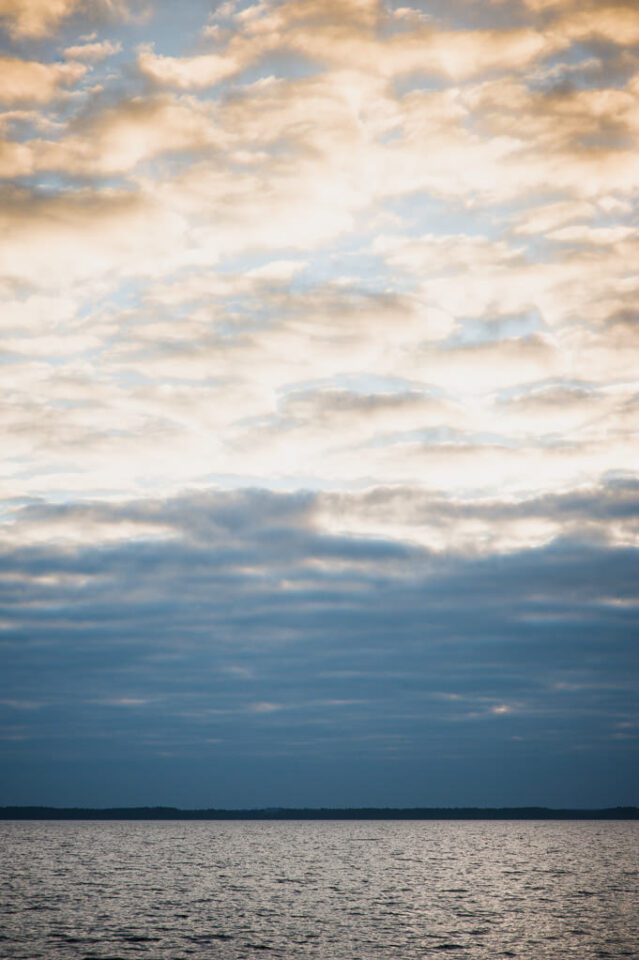What Is Adobe Lightroom?
Post-handling is an unavoidable, indivisible piece of expert photography today, be it photojournalism or style photography. Hence, picking the correct programming device for post-handling your work proficiently is pretty much as significant as having the correct camera and focal point blend for the work. It is nothing unexpected that interest for such adaptable and incredible programming is met for certain genuine competitors. One of such competitors comes civility of Adobe, a product advancement organization most popular for its amazing graphics device Photoshop. These days Photoshop is generally utilized by photographers (subsequently the expression "to photoshop" applied to practically such a picture editing), yet it isn't planned carefully for photographers – it has a lot more extensive client claim. For photographers, Adobe has built up a to some degree diverse piece of programming called Adobe Photoshop Lightroom. As the name proposes, Photoshop blood runs in the family, however Lightroom is inconceivably unique in relation to its greater sibling. In this article, I will clarify what Adobe Photoshop Lightroom is and why it's a particularly incredible decision for yearning photographers.
1) The RAW File Format
The principal thing I should say about Lightroom is that it's fundamentally a RAW converter. In any case, for another person to Lightroom, programming and advanced cameras all in all, the assertion is not really instructive. That is the reason before we jump into Lightroom, it's ideal to discuss RAW document design and what a RAW converter is. Try not to stress, it might sound somewhat convoluted, yet it is all very easy to get a handle on.
1) What is a RAW File?
RAW picture record is otherwise called computerized negative and this title can give you a very decent clue. Basically, RAW record is data assembled straightforwardly from a camera's picture sensor with such an advanced change. To photo in RAW organization, you need to set it in your camera settings (even some simple to use reduced cameras have such a component). Normally you can discover it among picture quality settings in camera menu.
RAW is definitely not a genuine document expansion, so there are no *.raw records. Various producers utilize distinctive document expansions. Nikon has *.nef, Canon utilizes *.cr2, Fujifilm has *.raf and Adobe has the generally famous *.dng design. DNG is widespread and can "store" some other document design inside it. This reminds me – you can peruse more about DNG documents here. Whenever you've done that, how about we return to clarifying what makes RAW so exceptional.
The watchword here is data, since RAW records are not pictures, they are depictions. RAW documents should be decoded by explicit programming or codecs to be seen as genuine photos. Why so perplexing? Why not a basic JPEG picture document? You can peruse our top to bottom RAW versus JPEG article for more detail, yet so, RAW documents convey much more data inside them and are more adaptable than JPEG pictures. More data implies somewhat more goal and parcels more powerful reach (shading data and detail covered up in dull and light parts of a picture). Adaptability implies bringing control into your hands. How? All things considered, rather than permitting your camera to pick what amount honing, commotion decrease, contrast, immersion, and so forth, to apply to a photo you just caught, you settle on those choices yourself. It's basic – simply change those level looking RAW records precisely how you need and convert them to JPEG pictures. Which carries us to…

2) What is a RAW File Converter?
As you may have just perceived, a RAW converter is a program that, above all else, deciphers the data put away inside the document so you can consider it to be a picture. Furthermore, it permits you to change the RAW document, control all the data put away inside it and save it as a straightforward graphical picture record, for example, JPEG.
A side note: You may likewise have seen that even after you've set your camera to RAW record design, you can in any case see the picture on your camera's LCD screen no issue. In addition, it's not "level" by any stretch of the imagination, yet has very distinctive tones and fair differentiation. That is on the grounds that frequently a RAW document has a JPEG see put away inside so you can see it rapidly on the rear of your camera.
3) What is Adobe Photoshop Lightroom?
Adobe Photoshop Lightroom (which I will just call Lightroom or LR) is such a converter, basic as that. In any case, notwithstanding giving fundamental usefulness of an essential RAW converter, Adobe has constructed Lightroom to be the solitary post-preparing application numerous photographers will require the vast majority of the time (10th being broad and complex control). With each new form, Lightroom acquires and all the more new highlights. These highlights permit photographers to utilize it beginning to end. So in the event that you intend to make a photograph collection, Lightroom has that usefulness. With every one of its instruments and straightforward UI, Lightroom allows one to sort out, post-cycle, print and offer photos, across the board climate. Lightroom's gathering piece is its attention on speed when working with numerous pictures (think hundreds or even thousands). This is made simpler by the straightforward interaction of reordering the entirety of the accessible changes. Another slick component is none-dangerous editing. It helps ensure unique documents stay unblemished and permits you to change, set or drop any changes whenever. Such complexity makes it pretty exceptional for trying photographers.
Who is Lightroom for? Indeed, in case you're the sort of individual who takes a ton of pictures, especially, yet not solely, in RAW arrangement, Lightroom may simply be appropriate for you. It's awesome for photographers with proficient goals. It's additionally acceptable in the event that you simply need better power over the appearance of your pictures. Doesn't considerably matter on the off chance that you just photo your loved ones as long as you remember that Lightroom is an expert device for photographers. That implies there's a significant steep expectation to absorb information. It is a lot of justified, despite all the trouble eventually, as you may have guessed. Additionally, Lightroom isn't useful for such a graphical work as you won't discover any brushes or pencils here.
It is significant that LR upholds customary picture designs just as RAW records, for example, TIFF and JPEG. Justifiably, a considerable lot of the accessible RAW settings won't work or won't work to their fullest potential. All things considered, it tends to be very valuable to JPEG and RAW shooters the same, particularly the individuals who need to handle countless pictures rapidly.
4) Compared to Photoshop and Photoshop Elements
So Lightroom is essentially there to help you make your pictures look great. Adobe makes at any rate two different projects with a similar essential objective. What makes Lightroom not the same as its kin, Photoshop and Photoshop Elements? We have contrasted Lightroom with Photoshop and furthermore composed an article on Lightroom versus Photoshop Elements, so in the event that you need more top to bottom clarification, it's ideal on the off chance that you read them.
If I somehow happened to address this inquiry with only a couple sentences, I'd get going by saying these three projects are surprisingly comparative in their capacity. Photoshop has a RAW converter module that Lightroom depends on, for instance (called Adobe Camera RAW). Notwithstanding, its capacities reach out a long ways past those a photographer would require. Photoshop is an amazingly ground-breaking piece of programming with practically limitless abilities with regards to such a graphical editing. Indeed, photographers most likely make up just a negligible portion of the entire expert client base that decide to utilize Photoshop either for their business or individual tasks. Photoshop has a disadvantage to its adaptability, in any case. The sheer number of highlights and instruments implies it's excessively muddled and unwieldy for standard post-preparing. It's not extraordinary for working with various pictures at the same time, all things considered. Likewise, Photoshop needs putting together highlights that Lightroom offers.
Photoshop Elements is, in certain occurrences, a lot nearer to Lightroom. Fundamentally, you can consider it to be a mix of the two its siblings, yet a "injured" one when seen in such setting. In its own right, Photoshop Elements is amazing. PSE has a coordinator and is more photography-focused than Photoshop, which implies it's additionally less awkward to utilize. It additionally has a great deal of instruments Photoshop needs, for example, a collection fashioner. Accordingly, much the same as Lightroom, it's there beginning to end. Then again, it works significantly better with normal JPEG pictures as opposed to RAW records and is similarly as restricted with regards to handling a few pictures all at once, not to mention a few hundred. PSE, as Photoshop, has brushes and is appropriate for mellow graphical editing. It's protected to say Adobe Photoshop Elements doesn't need capacity – it's effectively enough for most fledglings, beginners and even a few experts will think that its adequate. Yet, remember that it can't exactly coordinate Photoshop or Lightroom at what those specialize in.










0 Comments